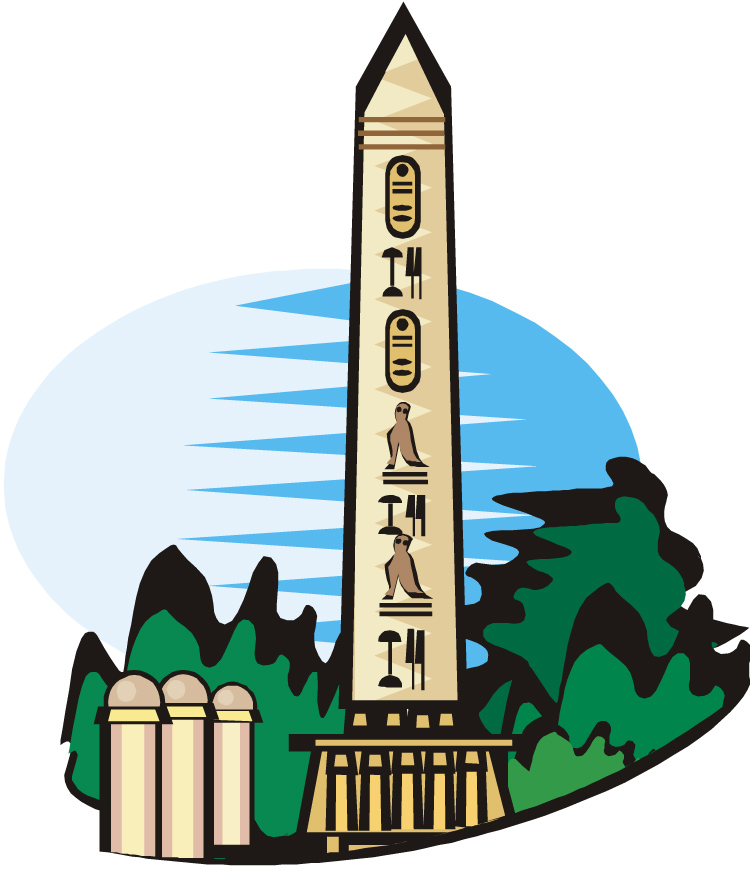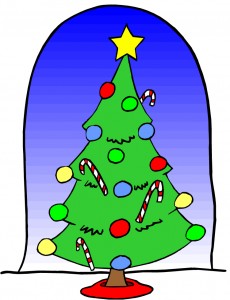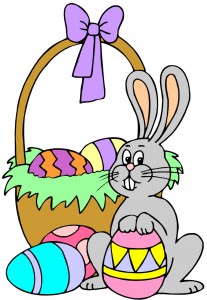Deuteronomy 16:22, You shall not erect for yourselves a pillar [Heb. matstsebah], which YHVH your Elohim hates. The word pillar literally means “stand (upright), be set (over), establish.” One of the derivatives of this word is pillar or standing image. Such pillars were erected for pagan religious purposes (see The TWOT). C.J. Koster in his book The Final Restoration (reprinted as Come Out of Her My People) cites historical evidence for relating these pillars to the Egyptian and Babylonian obelisk, which was connected to sun worship (see also https://en.wikipedia.org/wiki/Obelisk) and the phallic symbol (also https://en.wikipedia.org/wiki/Phallic_architecture). He states that these pillars were commonly erected at the entrances to pagan temples (also https://en.wikipedia.org/wiki/Obelisk) as fertility symbols in honor of the sun deity (Koster. p. 79).
Even an Egyptian obelisk of this sort sits in the very center of the Catholic Church’s St. Peter’s Square in Rome, and it is traditional for obelisk-shaped steeples to be found on many Christian churches to this day in the form of a steeple (ibid., p. 81). Richard Rives in his book, Too Long In the Sun, makes the same connection between the Egyptian obelisk, Canaanite standing pillars and the Christian church steeple (p. 136). 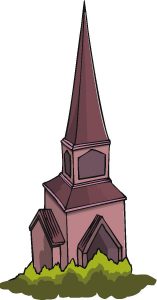
What is the point here? YHVH commanded Israel to destroy these pagan symbols and to have nothing to do with them. They were abominations that would defile YHVH’s set-apart people. Have his people heeded his command? Many of these remnants of ancient pagan cultic practices remain in both the Protestant and Catholic churches to this day (Easter/Ishtar, Christmas/Saturnalia, the Christmas tree/Tammuz tree, the Christmas wreath/a pagan fertility symbol, Lent, Easter eggs and rabbits, and the list goes on and on). Does YHVH’s command to his people of the end times to come out of spiritual Babylon (see Rev 18:4) now take on a new meaning to you?
Pillar. The pillars the Canaanites erected to worship their gods were actually phallic symbols commemorating the incursion of the demon gods (sons of Elohim) when they had sex with the daughters of men to create their Nephilim or demigod children in the pre and post flood world (see Gen 6:2–6).
The Canaanites were not the only indigenous ancient people to have such a tradition of the gods mating with humans to create supernatural offspring. So did the Yoruba tribes of West Africa as well as the native peoples of Madagascar, Polynesia, New Zealand, along with the Hopi, Acoma, Arihara and Apache of North America, along with Celtic, Japanese, East Indians, Australians and Scandinavians. “Trees were employed…as facilitators, or places of meeting/joining of the gods of heaven with Mother Earth, while their branches reach out to Father Sky, of the gods of heaven…[T]rees form a bridge between heaven and earth and are a symbol of regrowth (reincarnation)…Because trees can live for hundreds and hundreds of years, their extraordinary life span represents the immortality of the gods and the immortal spirit given to the original Nephilim. The World Tree is also the Tree of the Knowledge of both good and evil, for knowledge in pantheistic culture holds the key to immortality and reincarnation” (The Genesis 6 Conspiracy, p. 122, by Gary Wayne). “A Judeo-Christian, then, should be wary of the Christmas tree, for the immortal evergreen represents the meeting place of the gods and Mother Earth and the creation of Nephilim” (ibid., p. 123).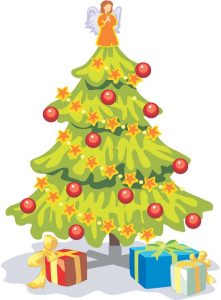
The act of the fallen angelic sons of Elohim mating with the daughters of men (Gen 6:2–4) and the results thereof literally turned the pre-flood world upside down resulting in YHVH’s most severe judgments against these evil-doers and those who followed them. The phallus to this day is the object that represents this act of rebellion and represents the unlawful sexual union between heaven and earth that created demons. Peter and Jude refer to this in their epistles (2 Pet 2:4; Jude 6).

